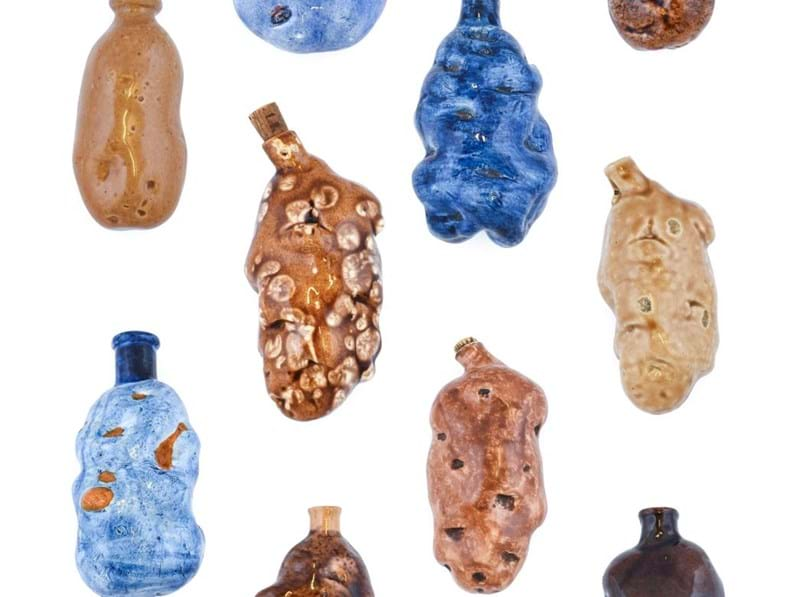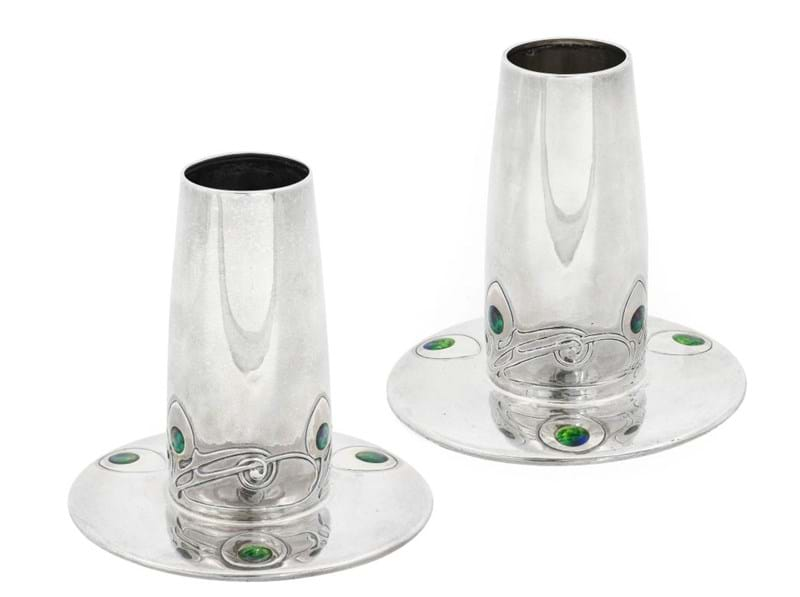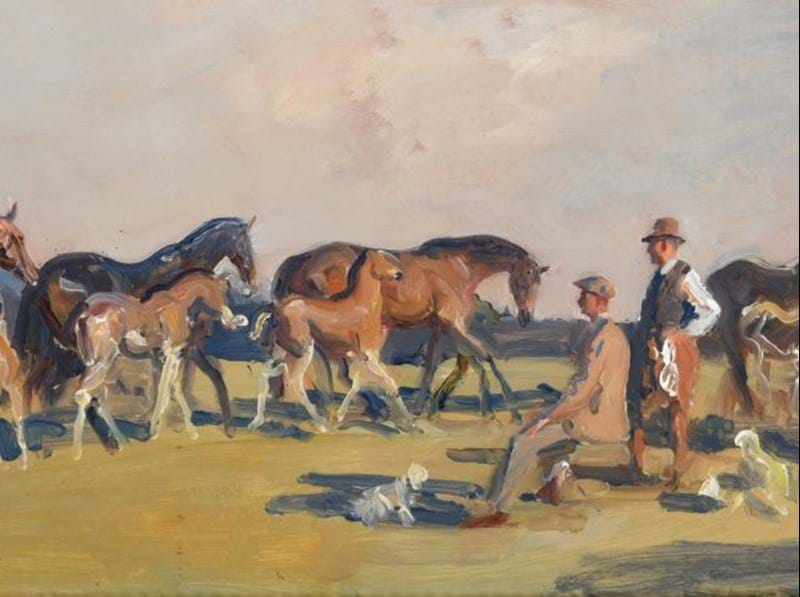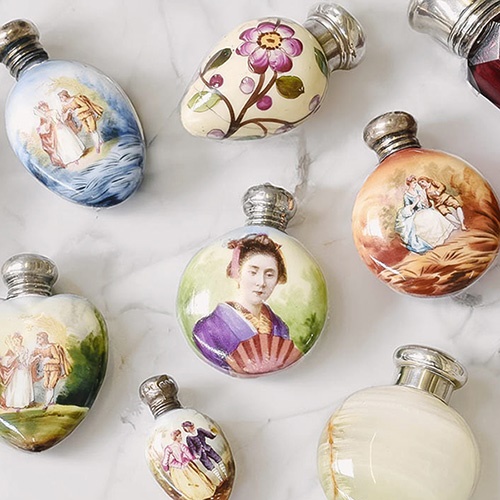Antique mourning rings are a fascinating area of study and collecting, appreciated for their visual appeal, the stories they tell, and how they reflect society’s changing attitudes to death and mourning over the centuries. Whilst the tradition of wearing rings in memory of a lost loved one stretches back into antiquity, in England they only became established in the 15th century. Rings tended to be simple plain bands, engraved with the initials and date of death of the deceased, occasionally decorated with a skull picked out in black and white enamels on a simple plaque.
Throughout the 16th and 17th centuries mourning rings became more widespread. At a time when death was an ever-present part of life and life expectancy was short, rings served as ‘memento mori’, a reminder of the wearer’s own mortality as well as remembering a lost individual. Decorated with symbols of death, such as a skeleton, a coffin, a reaper, or undertaker’s tools, mourning rings exhorted their owner to live life to the fullest whilst they still could. Interestingly, it was often the deceased who paid for the rings, specifically leaving money in their wills for family and friends to buy rings and indeed Shakespeare left a large sum for friends to buy gold rings in his memory.
In the early 18th century, vanitas or symbols of death, usually depicted in enamels and gold continued to predominate. Growing in popularity, by the end of the century mourning rings were produced on a large scale, with jewellers keeping a selection in stock ready to be personalised with initials and dates. However, the symbols used to decorate the rings transitioned as the century progressed, moving away from symbols of death to put the emphasis on remembrance and mourning. Urns, tombs, and funerary monuments became popular, often accompanied by an idealised female figure, weeping, as a visual representation of the wearer’s grief and the continuing emotional relationship between the living and the dead. Hair, a tangible link with the deceased, began to be incorporated, too, often in a crystal covered compartment.
Firmly established by the Victorian era, mourning rings and other pieces of memorial jewellery were enormously influenced by the deep mourning of Price Albert by Queen Victoria in the wake of his death in 1861. The pair had shared a love of jewellery, frequently commissioning pieces together. Victoria continued the tradition, favouring pieces made in memory of Albert and other lost loved ones. However, gone were the macabre symbols of death and overt representations of grief; instead, sentimental symbols of love and remembrance were favoured. A gentler and more romantic era of mourning jewellery had arrived. A new language of loss was established, revolving around flowers, anchors to symbolise enduring love and devotion, and pearls representing tears. Gemstones and pearls adorned enamel and gold pieces to make richer and more elaborate designs, and hair was frequently woven into braids to form the actual structure of a piece of jewellery. Following the trend set by Victoria, highly sentimental mourning became fashionable and elaborate memorial jewellery became increasingly popular amongst the aristocracy and middle classes until it died out during the enormous social upheaval of the First World War.
A Private Collection of nineteen rings, mostly late 19th century, together with a locket/pendant are to be sold in the Jewellery, Watches and Silver Sale on 17th September, having been consigned by the Executors of a Deceased Estate (estimate: £2,000-4,000 plus buyer’s premium). All the rings are in gold, with black or white enamelled decoration, diamonds, seed pearls and split pearls, as well as examples featuring a hardstone intaglio, an opal, and an amethyst and many with the woven hair. All are individual inscribed or engraved with a deceased name, age, and date of death.
The collection also included an example of sentimental jewellery, with a gold and gem set ‘Dearest’ band ring, in which the word is gem set with a Diamond, Emerald, Amethyst, Ruby, Emerald, Sapphire and Topaz. Other examples of sentimental jewellery include ‘Regard’ rings, with the word gem set with a Ruby, Emerald, Garnet, Amethyst, Ruby and a Diamond. These fashionable half hoop rings became popular in the 1830s.
View Sale Details

















